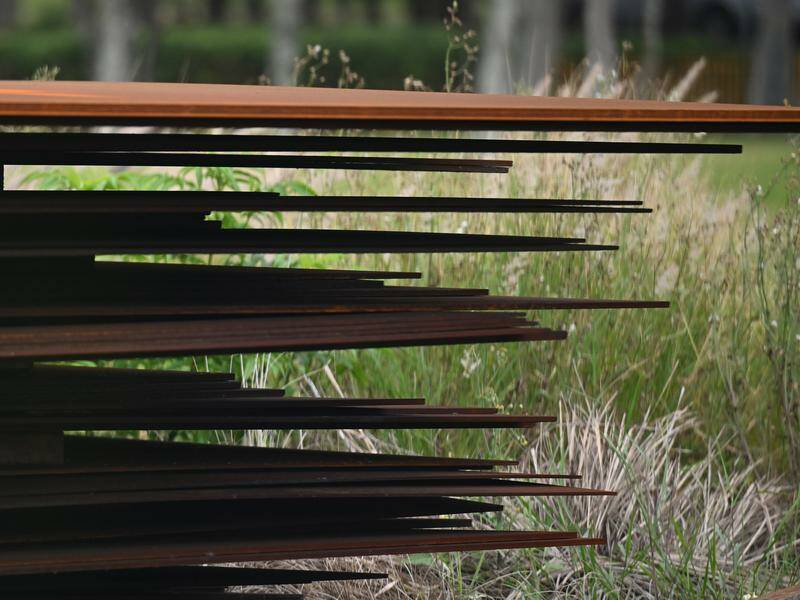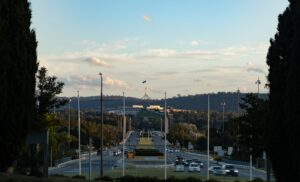
URGENT UPDATE: Climate experts have issued a stark warning that Australia must urgently adapt to a significant shift in global metal and mineral demand, or risk losing a staggering $11 billion from its export revenue by 2050. This alarming forecast was presented at an Australian National University conference in Canberra on Wednesday, highlighting the critical need for proactive measures.
With the Australian government recently unveiling its 2035 emissions reduction target, experts emphasized that without immediate action, demand for some of the nation’s key exports, particularly iron ore, could plummet. Eliza Murray, deputy chief executive of the Climate Change Authority, projected a shocking 70% drop in coal demand and a 40% decline in gas and oil demand by 2050, underscoring the urgency of this situation.
Australia, currently the world’s largest iron ore producer, is expected to generate $116 billion in export revenue this financial year. However, that figure is set to decrease to $105 billion next year if trends persist. Experts warn that without a pivot to greener alternatives, such as green iron, which utilizes renewable energy sources, the country could face dire economic repercussions.
“Green iron has the potential to reduce emissions from steelmaking by up to 90%,” stated Murray, indicating that countries looking to cut emissions are increasingly interested in this eco-friendly product. She emphasized, “Australia is more than just a quarry; we can be the world’s clean energy workshop.”
To harness this opportunity, substantial private investments are essential. Nicole Yazbek-Martin from the Australian Sustainable Finance Institute urged that “private capital will need to do the majority of the heavy lifting” to transition to these new industries. She cautioned that government funding alone will not suffice to drive this change, as it must also address the impacts of climate change.
To secure its economic future, Australia must strengthen relationships with current trade partners, including China, Japan, and South Korea, while also forming new partnerships with emerging Southeast Asian markets aiming to decarbonize in the coming decades. “We need to shore up new export industries,” Yazbek-Martin stressed, highlighting the vulnerabilities in Australia’s current export profile.
Carmela Pavlic Searle, director of energy diversification at the Department of Foreign Affairs and Trade, asserted that Australia possesses the necessary resources, skilled workforce, and renewable energy potential to transition successfully to greener metal production. “We have the capacity to innovate,” she stated, suggesting that this transformation could be more of an evolution than a revolution.
As the global shift towards sustainable energy accelerates, Australian exporters, investors, and policymakers are urged to act decisively. The next steps include mobilizing private investments and fostering international partnerships to secure Australia’s position in the rapidly changing global market.
In summary, Australia’s future in the global export landscape hangs in the balance. Immediate action is required to pivot towards green technologies that could not only preserve its economy but also position it as a leader in sustainable metal production. The time to act is now.







